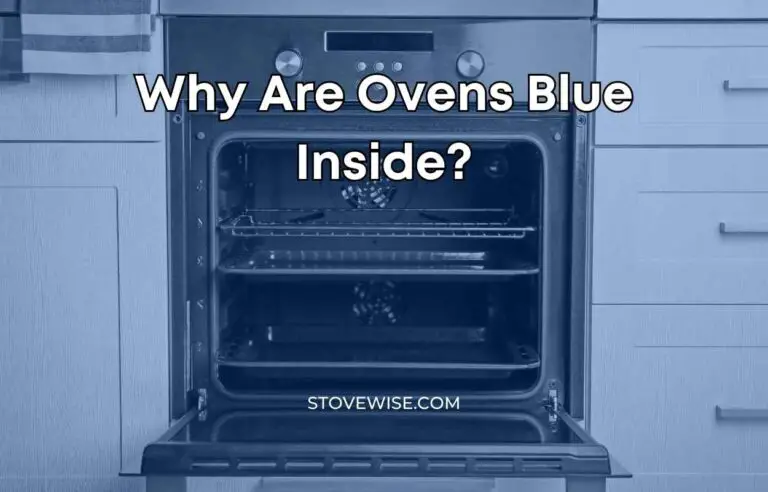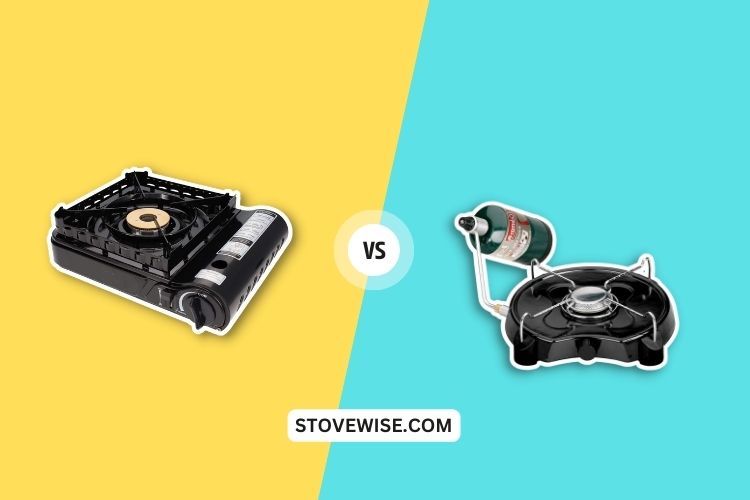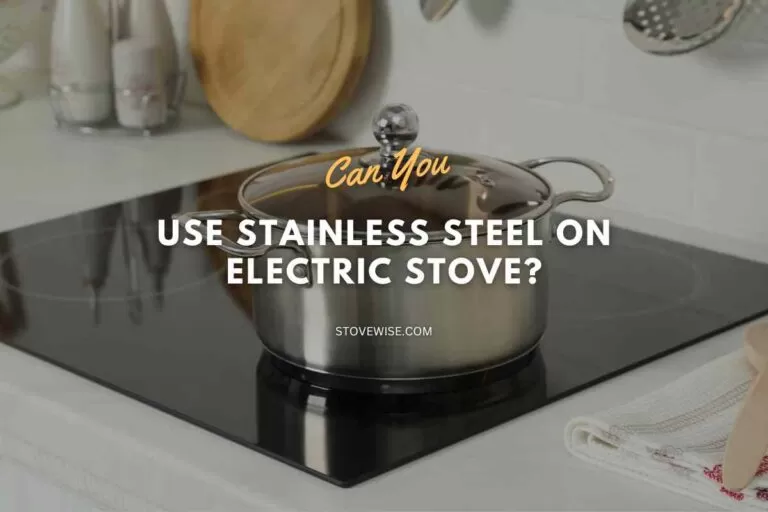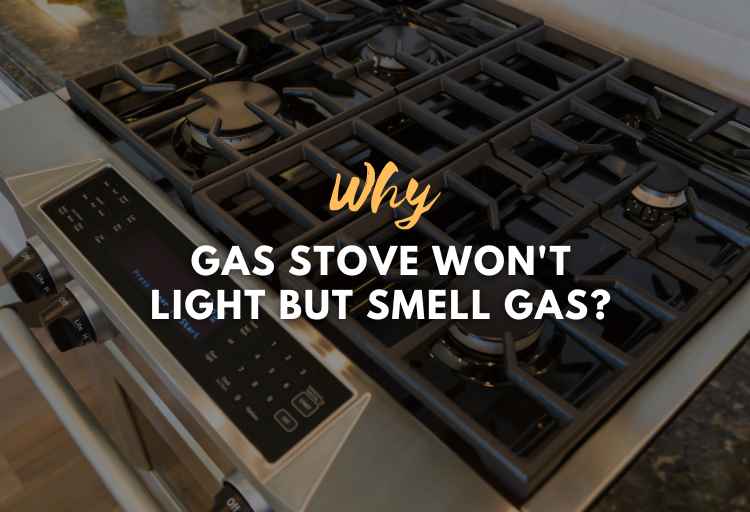Are Electric Stoves or Gas Stoves a Bigger Fire Hazard?
As someone who loves to cook, you know that having a good stove is essential. But are electric stoves or gas stoves a bigger fire hazard?
According to NFPA statistics, electric stoves present a greater fire hazard compared to gas stoves. In the United States, approximately 80% of home cooking fires in 2020 originated from electric stoves, while gas stoves accounted for 20%. Factors contributing to electric stoves’ higher risk include slower heating, hot coils that may ignite flammable materials, and increased susceptibility to grease fires.
However, it is important to exercise caution with both types of stoves, following safe cooking practices and ensuring proper maintenance and ventilation to mitigate fire hazards.
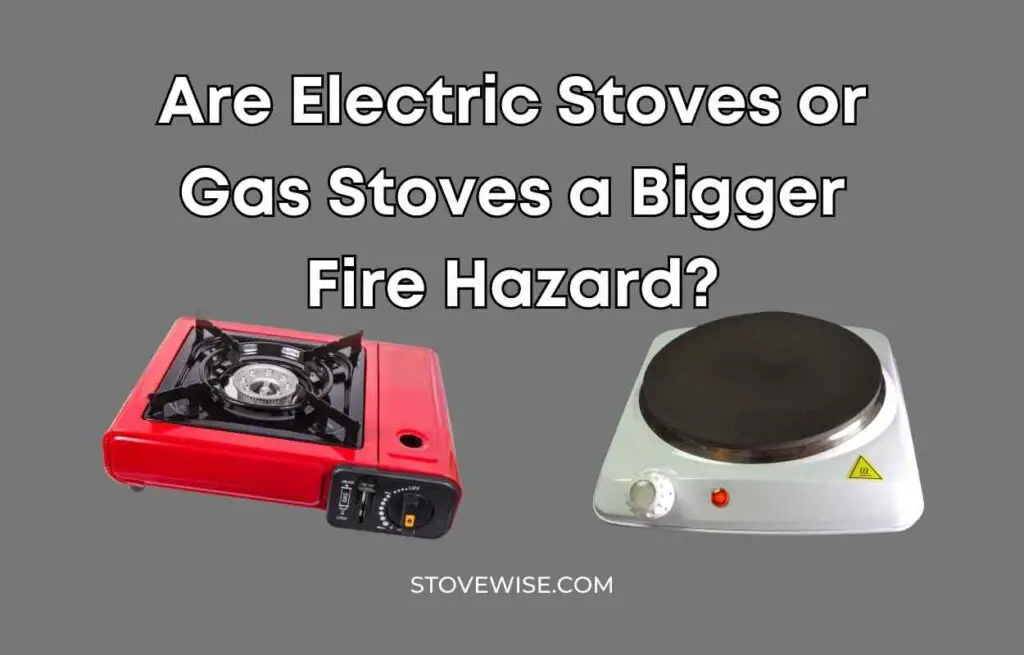
Contents
Are Electric Stoves or Gas Stoves a Bigger Fire Hazard?
When considering fire hazards in the kitchen, electric stoves, and gas stoves are both associated with potential risks. However, statistics indicate that electric stoves pose a higher fire hazard compared to gas stoves. Understanding the specific factors contributing to these risks is crucial for ensuring kitchen safety.
Electric Stoves as Fire Hazards
Electric stoves exhibit characteristics that make them more prone to causing fires:
- Slow Heating: Electric stoves typically heat up slower than gas stoves. This slower heating process can lead to a higher likelihood of unattended cooking fires, where food or cooking materials are left unattended for an extended period, increasing the risk of ignition.
- Hot Coils: Electric stoves feature heating elements in the form of hot coils. If flammable materials, such as towels, paper, or plastic, come into contact with these hot coils, they can ignite and start a fire. This poses a potential danger if proper precautions are not taken to keep flammable items away from the stove.
- Grease Fires: Electric stoves are also more susceptible to grease fires. The heat from the electric coils can easily ignite grease splatters or spills, leading to a dangerous fire situation. Care must be taken to prevent grease buildup and promptly clean any spills to minimize this risk.
Gas Stoves as Fire Hazards
While gas stoves are generally considered safer than electric stoves, they still possess certain fire hazards:
- Carbon Monoxide: Gas stoves utilize natural gas or propane as fuel sources. If not properly vented, incomplete combustion can lead to the production of carbon monoxide gas. Carbon monoxide is odorless, colorless, and highly toxic, posing a significant health hazard if it accumulates in the kitchen or surrounding areas.
- Flammable Gas: Gas stoves rely on flammable gas as a fuel source, which can pose a risk if there is a gas leak or improper connections. Any sparks or open flames in the vicinity can ignite the gas, causing an explosion or fire. Regular maintenance and prompt repair of gas leaks are essential to prevent these incidents.
Is an Electric Stove Safer than a Gas Stove?
Electric stoves, according to the NFPA, provide a greater fire risk than gas stoves. This is backed by the fact that electric stoves caused the vast majority of home cooking fires in the United States in 2020 (80%), while gas stoves caused only 20%.
Electric stoves heat up more slowly, which might result in unattended cooking fires. If not properly protected, their hot coils can ignite flammable items, and they are also more prone to grease fires.
Gas stoves, on the other hand, heat up rapidly and evenly, making them less likely to start cooking fires when left unattended. They do not have hot coils that can ignite flammable items, but correct venting is required to eliminate the risk of carbon monoxide.
Following safe cooking procedures, regardless of the type of stove, is critical for reducing fire risks. This includes never leaving cooking alone, keeping combustible things away from the stove, turning off the stove after use, and examining and cleaning the stove on a regular basis.
Can an Electric Stove Cause a Fire If Left on?
An electric heater can start a fire if it is left on for a long time and no one is there to watch it. When the coils on an electric stove get too hot, paper towels or dish towels close can catch fire.
Also, if you leave a pot or pan on the stove and the contents boil over, this can also spark a fire. To keep fires from starting, you should never leave your electric stove on while you’re not there.
If you need to leave the kitchen for a moment, turn off the stove and take the pots and pans off the heat. Also, make sure to keep your stove clean and free of dust and other things that could catch fire.
Safe Cooking Practices
Regardless of the type of stove used, following these safe cooking practices can help minimize the risk of fires:
1. Never Leave Cooking Unattended
It is vital to remain present in the kitchen while cooking. Unattended cooking is a significant cause of fires. Promptly attend to any cooking emergencies or potential fire hazards.
2. Flammable Materials
Keep flammable materials, such as kitchen towels, plastic, and paper, away from the stove to prevent accidental ignition.
3. Turn Off the Stove
Ensure that the stove is turned off after use. Double-check the knobs or switches to prevent any unintended activation.
4. Regular Inspections
Schedule regular inspections and cleaning of the stove by a qualified professional. This helps identify and address any potential issues that could lead to fires.
Conclusion
When it comes to safety, there is no clear winner between an electric stove and a gas stove. Both wood and gas stoves have their own safety issues, and it’s up to you to take the right steps to lower the risk of a fire.
If you keep your stove clean, don’t leave it alone while it’s on, and follow the other safety tips in this piece, you can cook on your stove without worrying.



